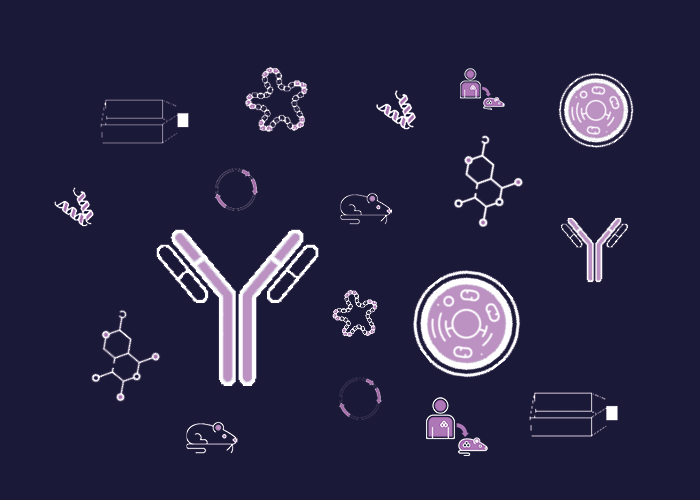Cat. #151567
Anti-APC5 [APC5#4]
Cat. #: 151567
Sub-type: Primary antibody
Unit size: 100 ug
Availability: 3-4 weeks
Target: Anaphase-promoting complex subunit 5 (APC5)
Class: Monoclonal
Application: IF ; IP ; WB
Reactivity: Human
Host: Mouse
£300.00
This fee is applicable only for non-profit organisations. If you are a for-profit organisation or a researcher working on commercially-sponsored academic research, you will need to contact our licensing team for a commercial use license.
Contributor
Inventor: Andy Turnell
Institute: University of Birmingham
Tool Details
*FOR RESEARCH USE ONLY (for other uses, please contact the licensing team)
- Name: Anti-APC5 [APC5#4]
- Alternate name: Anaphase-promoting complex subunit 5; RMC1; YOR249C
- Research fields: Biochemistry;Cell biology
- Clone: APC5#4
- Tool sub type: Primary antibody
- Class: Monoclonal
- Purpose: Marker
- Conjugation: Unconjugated
- Strain: C57BL/6
- Reactivity: Human
- Host: Mouse
- Application: IF ; IP ; WB
- Description: APC5 is a component of the anaphase-promoting complex/cyclosome (APC) that regulates cell cycle progression through mitosis and G1. APC5 is located in the nucleus during interphase and at the centrosome during metaphase/anaphase. The APC is inactivated by protein kinase A and is activated by CDC20 and Cdh1.
- Immunogen: GST-human APC5
- Isotype: IgG1
- Myeloma used: Sp2/0-Ag14
Target Details
- Target: Anaphase-promoting complex subunit 5 (APC5)
- Tissue cell line specificity: Human
- Target background: APC5 is a component of the anaphase-promoting complex/cyclosome (APC) that regulates cell cycle progression through mitosis and G1. APC5 is located in the nucleus during interphase and at the centrosome during metaphase/anaphase. The APC is inactivated by protein kinase A and is activated by CDC20 and Cdh1.
Applications
- Application: IF ; IP ; WB
Handling
- Format: Liquid
- Concentration: 0.9-1.1 mg/ml
- Unit size: 100 ug
- Storage buffer: PBS with 0.02% azide
- Storage conditions: -15° C to -25° C
- Shipping conditions: Dry ice
References
- Turnell et al. 2005. Nature. 438(7068):690-5. PMID: 16319895.
- The APC/C and CBP/p300 cooperate to regulate transcription and cell-cycle progression.

![Anti-APC5 [APC5#4]](https://cancertools.org/wp-content/uploads/d2ce77c6-e738-44dc-a99b-7156d8546185.jpg)

